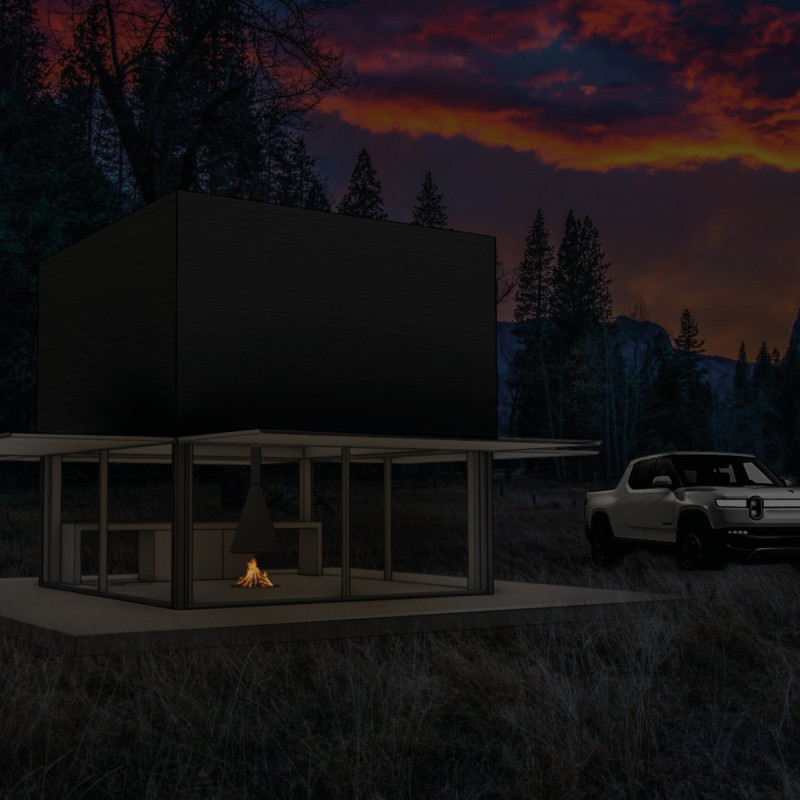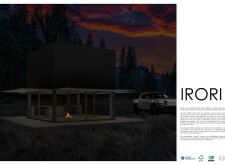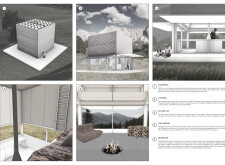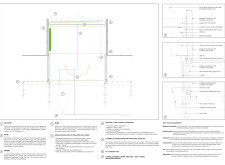5 key facts about this project
**Project Overview**
Located in [insert geographical location], the design embodies a balance between architectural innovation and the natural landscape. The intent is to establish a built environment that fosters community interaction while adhering to principles of sustainability. This project emphasizes an integration of urban living with ecological considerations, reflecting a sensitivity to both the site’s context and societal needs.
**Spatial Strategy and User Experience**
The layout is designed with clearly delineated zones that promote functionality and flexibility. Communal spaces—such as gathering areas and multi-purpose rooms—are strategically positioned to enhance social engagement among users. Open floor plans allow for reconfiguration based on varying community activities, thus accommodating diverse user needs. Large windows and open spaces orient views toward the surrounding environment, establishing a visual connection between indoor areas and outdoor landscapes.
**Materiality and Sustainability**
Material selection focuses on durability and ecological responsibility, contributing to both aesthetic and environmental goals. Recycled steel is utilized for structural support, while locally sourced hardwood provides warmth in interior spaces. High-performance glazing maximizes daylight while minimizing thermal loss, reinforcing energy efficiency. The facade incorporates sustainable concrete mixed with recycled materials, ensuring robustness. Green roof systems, featuring native plant species, promote biodiversity and contribute to the overall sustainability of the site. To enhance indoor air quality, low-VOC paints and finishes have been employed throughout the interior.





















































